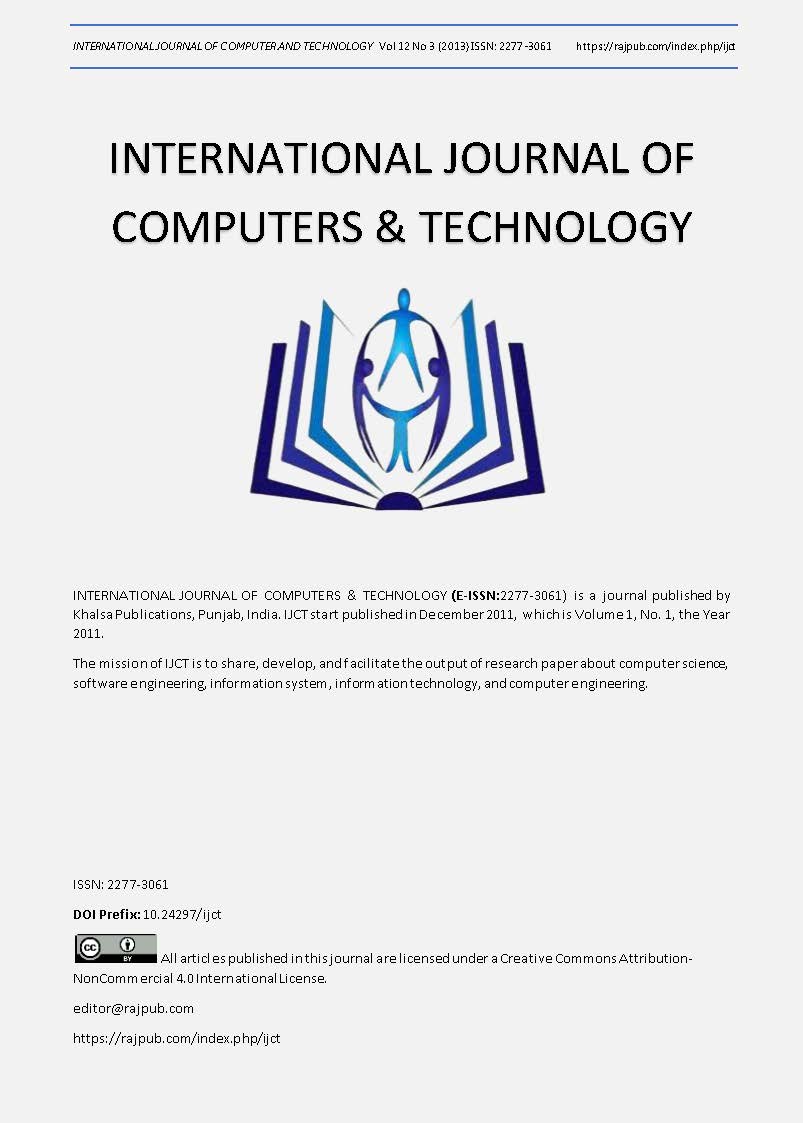Modeling and Implementation of a Scheduling of Information to maximize processing in a Network Telecommunications
DOI:
https://doi.org/10.24297/ijct.v12i3.3240Keywords:
ILP(integer program linar), Modeling, Network, Optimization, Processing, QoS, Queue, SchedulingAbstract
The computer networks are based on the Internet protocol conceived from the origin to transport data in more heterogeneous usage (telephony IP, video at request, distributed interactive games, telemedicine, video-conference and audio). These information fluxes or these services before being treated are classified, organized and stocked according to priority rules in different waiting files. To maximize the treatment of these data, we offer in this work a simple and practical step for modeling and implementing information scheduling in the bandwidth. This step respects the priority rules and eliminates in priori any form of wasting of time at the level of service. It consists of maximizing the use of the bandwidth for different types of traffic in a telecommunication network. The proposed algorithm consists of serving the traffics that have priorities and to exploit dynamically what remains of the bandwidth in the profile of the least priority traffics while respecting at the very least the part of every traffic in the bandwidth. The problem is mathematically modeled by an integer linear program (ILP) and in continuation resolute theoretically in general case and numerically in case priority at the level of services. At the end, practical examples to illustrate work are given.









